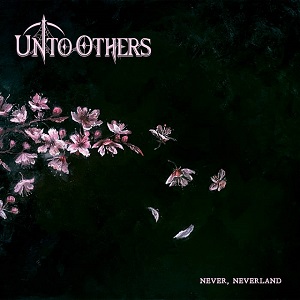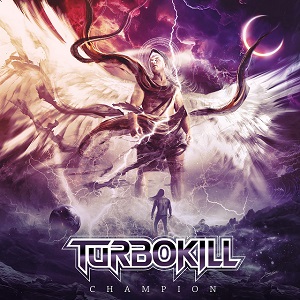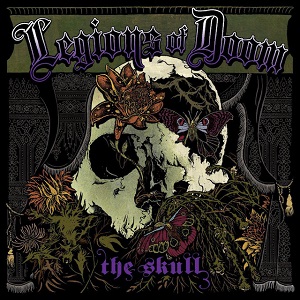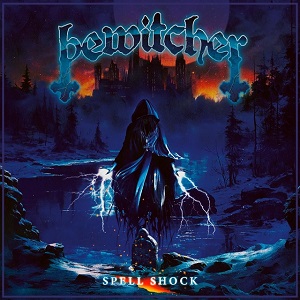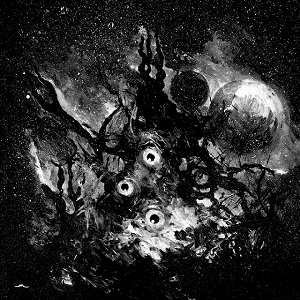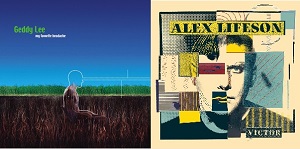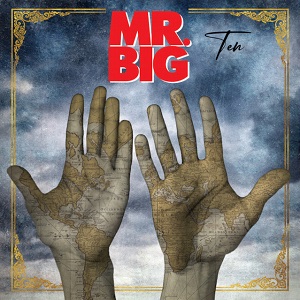The Evolution Of Heavy Metal: From Black Sabbath To Modern Metal
June 29, 2023, a year ago
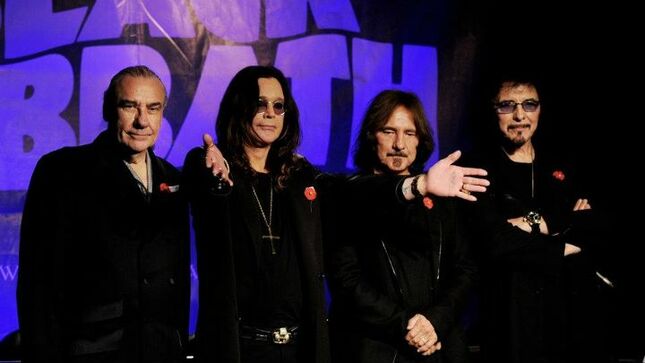
Spanning several decades, the evolution of heavy metal has been quite captivating, cutting across different subgenres and influential bands. Music enthusiasts have been intrigued and inspired by its unique style infused with piercing screams, thunderous riffs, and relentless energy. The evolution has progressed from the early days of the Black Sabbath in the 60s to the new wave of British Heavy Rock (NWOBHM) in the late 70s and early 80s.
The 1980s witnessed the era of Thrash Metal, Glam Metal, and Hair Metal. Death Metal and Extreme Subgenres followed this between the late 80s and early 90s, characterized by heavily distorted guitars and brutal lyrics. The changes continued to the 2000s with the introduction of Metalcore and Subsequent subgenres. This was indicated by melodic choruses and clean, screamed vocals.
This article explores the evolution of Heavy Metal from its early days down to contemporary times.
The Early Days of Black Sabbath (1960s – early 1970s)
Often regarded as one of the inventors of the Heavy metal genre, Black Sabbath is an English band formed in the late 1960s in Birmingham, England. They were initially called “Earth,” consisting of vocalist Ozzy Osbourne, Drummer Bill Ward, bassist Geezer Butler, and guitarist Tony Iommi. The change came after it was discovered that another band was using the name. They opted for “Black Sabbath,” drawing inspiration from the Boris Karloff movie.
Their early style had an occultic theme with a fusion of rock and blues, creating a distinctive sound that many believe laid the foundation of the Heavy Metal Genre. Their sound featured heavily distorted guitars, haunting vocals, dark lyrics, and Iommi’s signature riff-driven style. In 1970, the band released their first album, “Black Sabbath.” It had seven tracks with songs like Evil Woman, The Wizard, Sleeping Village, Warning, and their self-titled song, Black Sabbath. At first, many music fans did not receive it with open arms. However, as time passed, it gained popularity and eventually ranked number 8 on the UK Albums Chart.
Besides music, the band has had so much influence that there is even a dedicated slot, the “Ozzy OsbourneTM Slot. He was in particular at the forefront of this development, featuring sounds from tracks like Crazy Train, Bark at the Moon, and his signature symbols like a raven, crucifix, and black rose. The game is popular among heavy metal fans and can be found at casinos at https://www.casinoaus.net/. It features 20 paylines, five reels, and three rows developed by NetEnt.
New Wave of British Heavy Metal (NWOBHM) and Thrash Metal (The late 1970s – 1980s)
The NWOBHM comprises bands like Motorhead, Judas Priest, and Iron Maiden. Together, they were considered the new wave and influenced Heavy Metal's evolution in the late 70s. They were characterized by more aggressive and faster rhythms, with their thematic focus on social issues and folklore.
Iron Maiden set themselves apart with their unique storytelling approach matched by distinctive sounds from powerful twin guitars. Their most notable albums include “Powerslave” and “The Number of the Beast.” Similarly, Judas Priest and Motorhead had their unique style, and others like Diamond Head, Saxon, and Venom. These fast-tempo, aggressive guitar riffs herald the era of Thrash Metal in the early 1980s. The likes of Metallica and Anthrax richly influenced this subgenre.
Glam Metal, Death Metal, and Black Metal (1980s to Early 1990s)
Glam Metal was spearheaded by Guns N Roses, Poison, and Motley Crue in the 1980s, as described in https://en.wikipedia.org/wiki/Glam_metal. The approach differed slightly from Thrash Metal which featured aggressive sounds. Instead, theirs was melodic, with vivid images and catchy hooks. At the time, it was criticized for not being authentic, but it still had a positive impact and mainstream success.
Death Metal and Black Metal were extreme subgenres characterized by dark themes, intricate guitar works, deep lyrics, and guttural vocals. It had elements of darkness and anti-Christian sentiments written all over it. Popular bands that popularized this subgenre at the time include Cannibal Corpse, Morbid Angel, Mayhem, and Emperor.
Alternative and Nu Metal (1990s – Early 2000s)
This subgenre of Heavy Metal rocked the 90s and early 2000s. It was characterized by a combination of heavy metal and alternative rock, reflective lyrics, melodic vocals, and a fusion of aggressive guitar riffs. Bands like Tool, Soundgarden, and Alice in Chains popularized it.
Similarly, Nu metal had a distinct fusion of many elements of electronic music, hip-hop, rap, and alternative metal. Unlike the early days of the Black Sabbath, the New Wave of British Heavy Metal (NWOBHM), and Thrash Metal, characterized by darkness and aggressive sounds, Nu Metal was groovier and more rhythmic. Bands like Linkin Park, Korn, and Limp Bizkit were the major influencers at the time, with this genre recording significant commercial success and more acceptance. https://bravewords.com/ has a dedicated section for the latest news about Heavy Metal, Hard Rock, Classic Rock, and related genres.
Modern Metal (2000 – Present)
The evolution and diversity continue with the introduction of subgenres like symphonic metal, progressive metal, Djent, and Metalcore. All of these fall under the broad classification of Modern Metal, characterized by a fusion of the traditional style with other genres of modern-day music. For instance, while Metalcore combines hardcore punk and metal, Djent uses heavily distorted guitars, polyrhythms, and syncopated riffs. Animals as Leaders, Periphery, August Burns Red, and Parkway Drive are popular bands often associated with these genres.
Similarly, melodic death metal, groove metal, deathcore, and symphonic metal are other subgenres that have emerged. Each one is rooted in the foundation of Heavy Metal. However, the blend of different musical elements gives it unique characteristics that make it stand out. With many bands pushing the boundaries and trying out new combinations, there is no doubt that more subgenres will be popularized.

